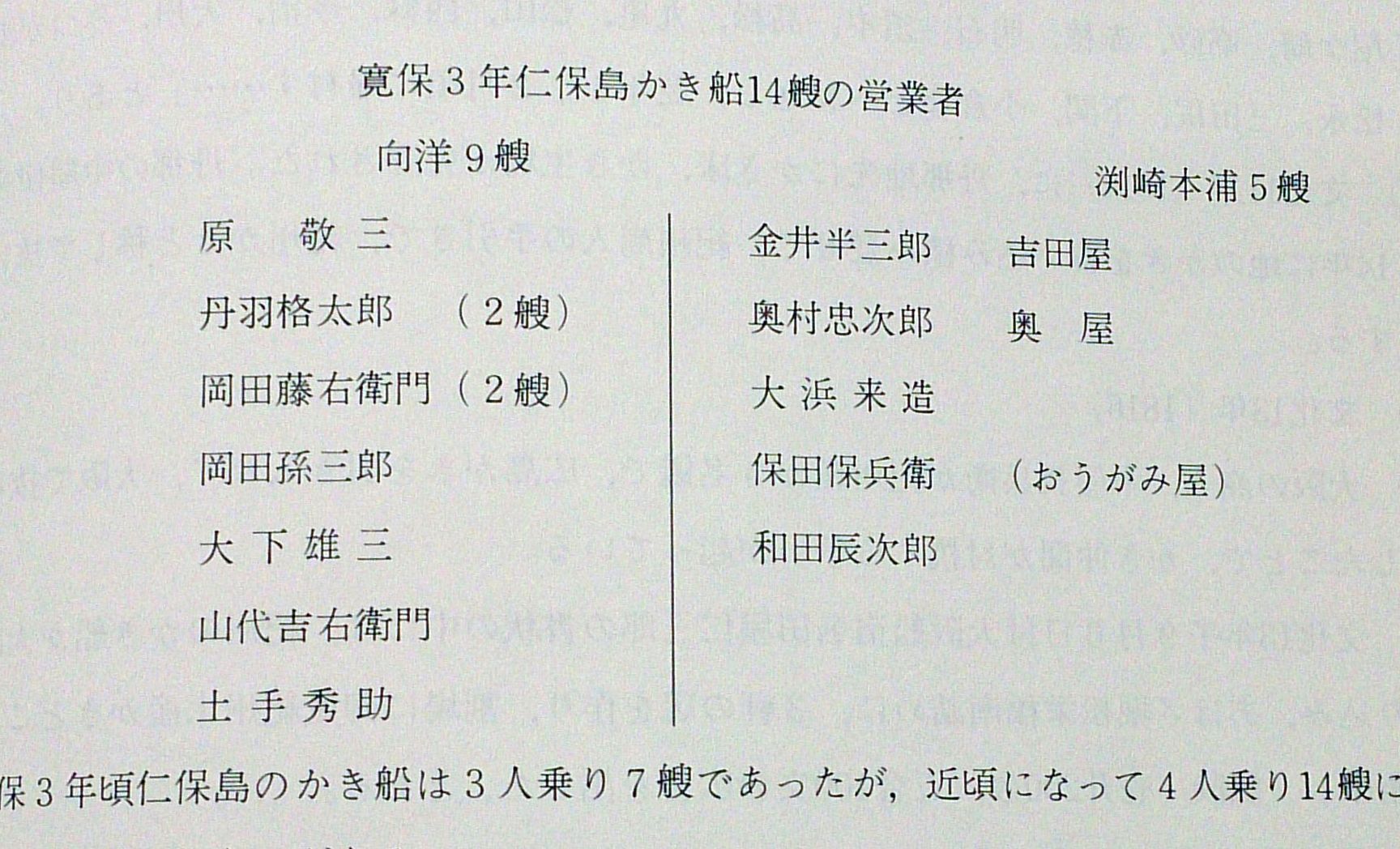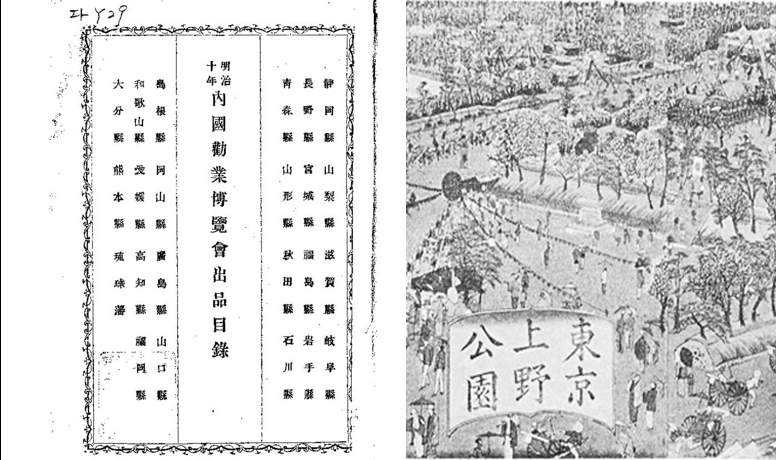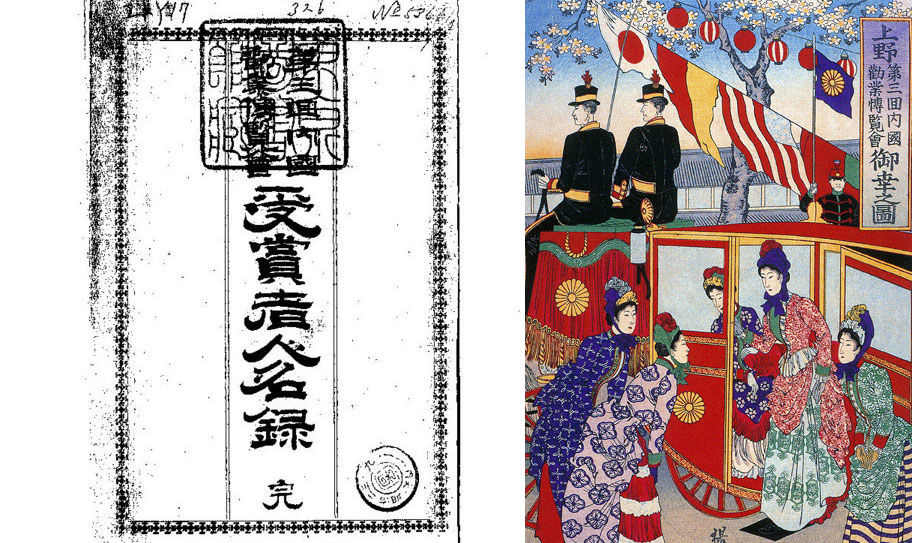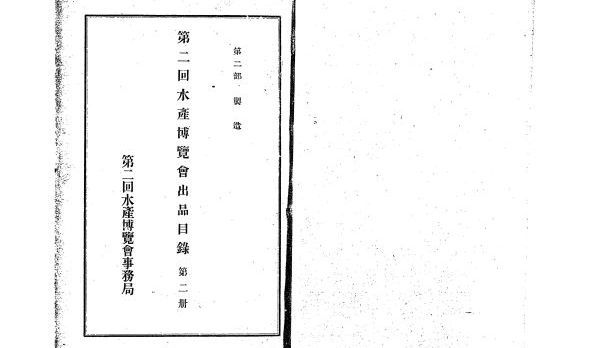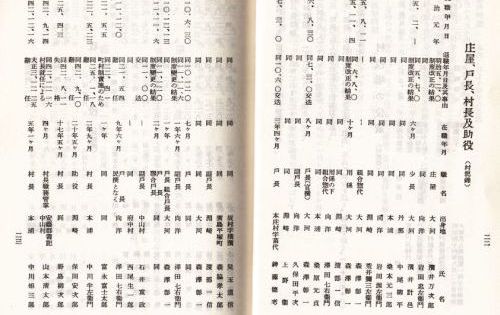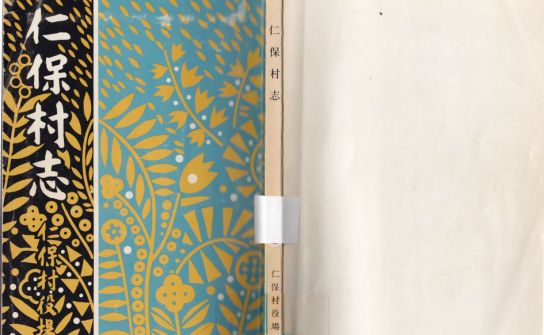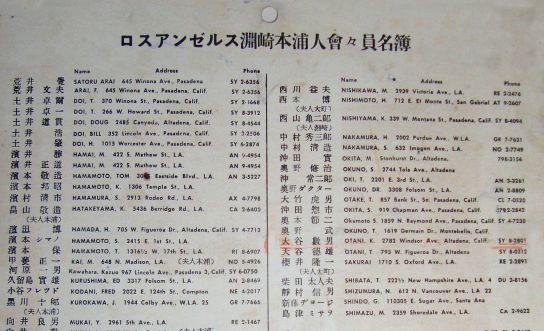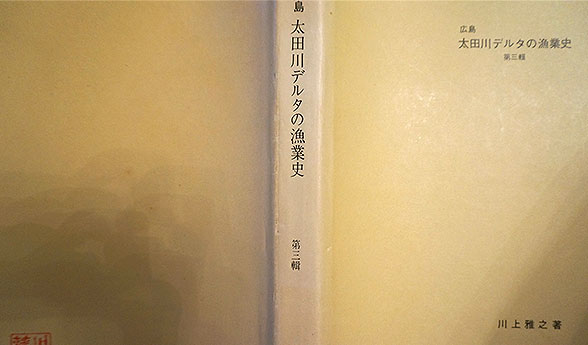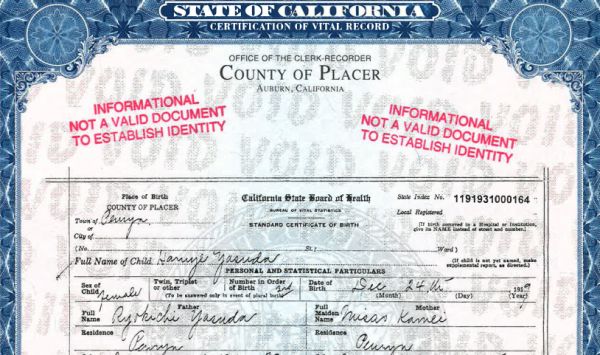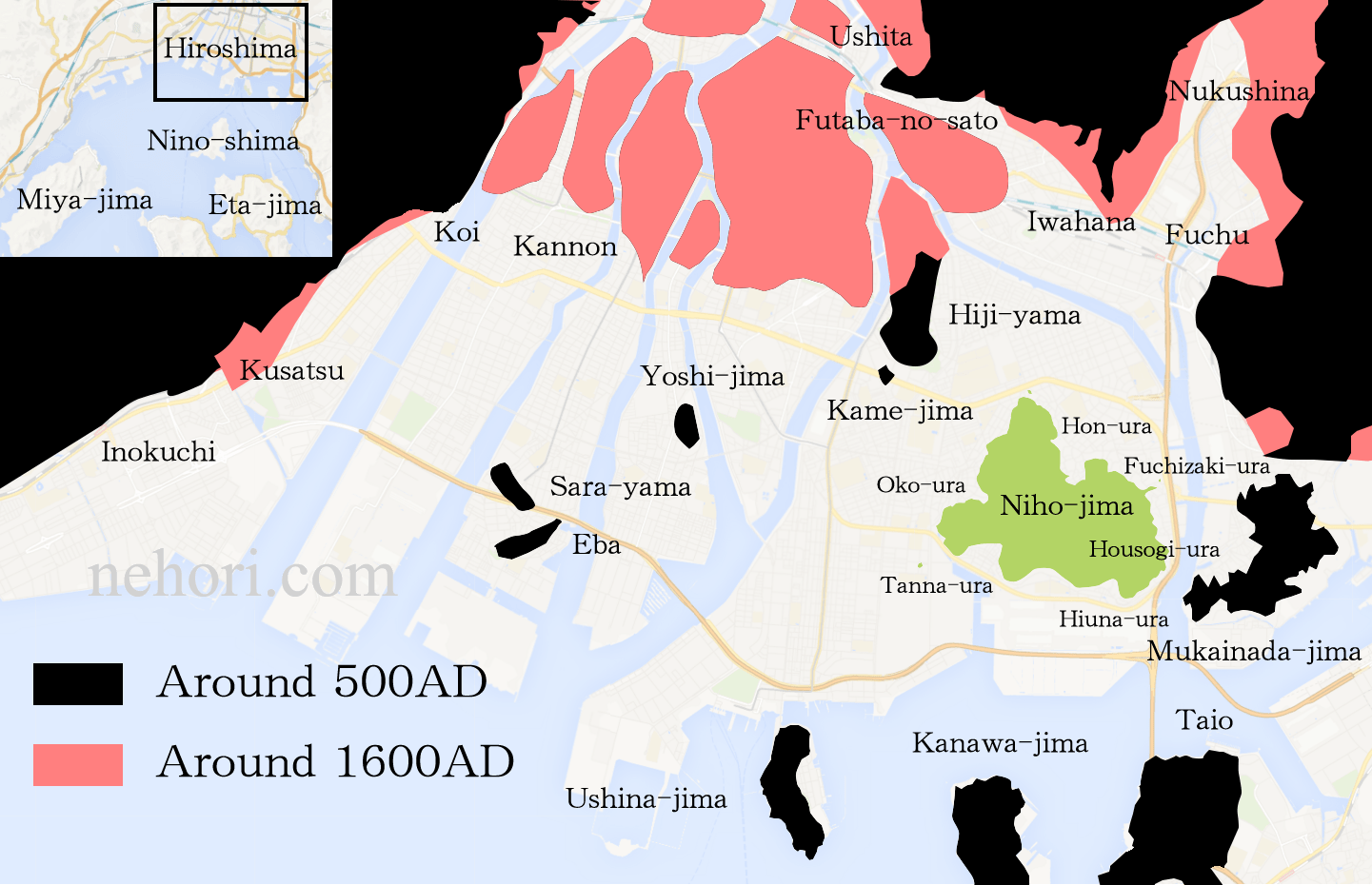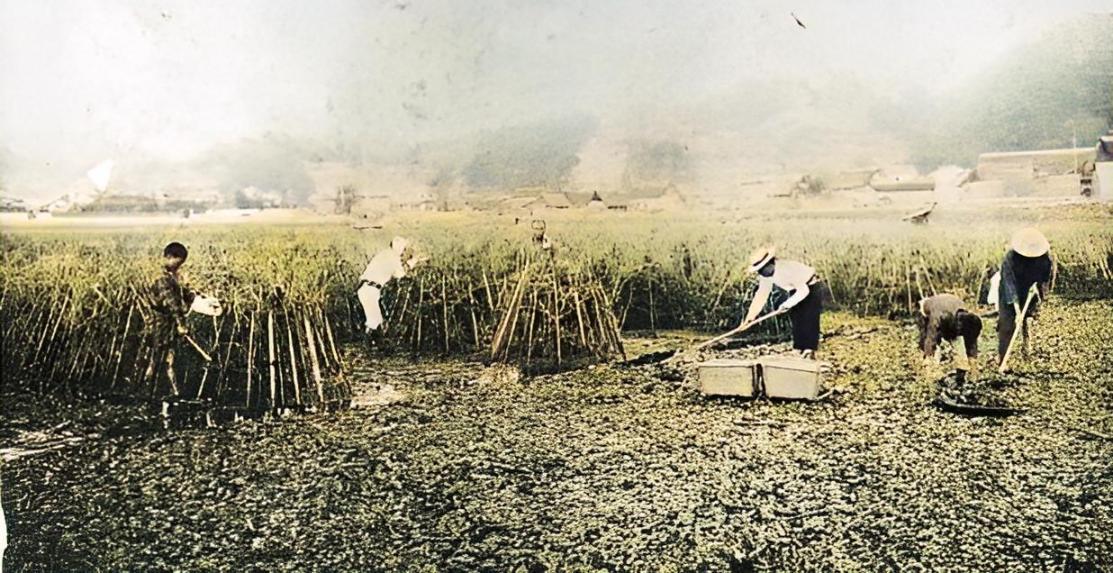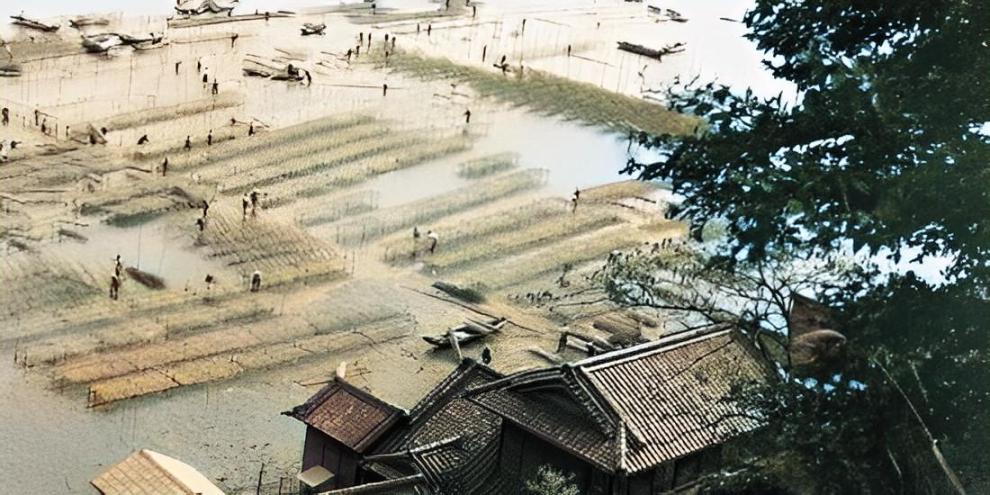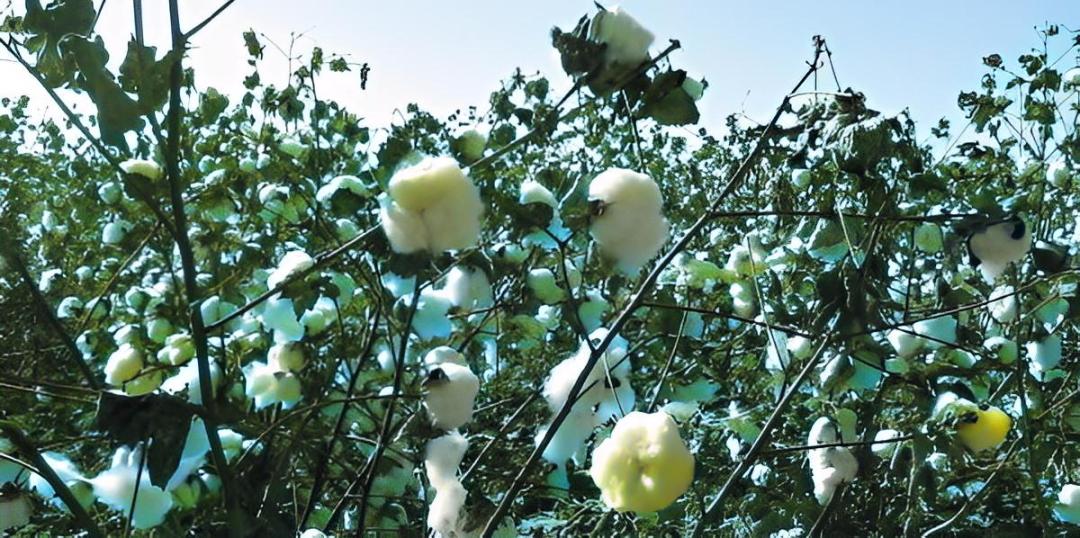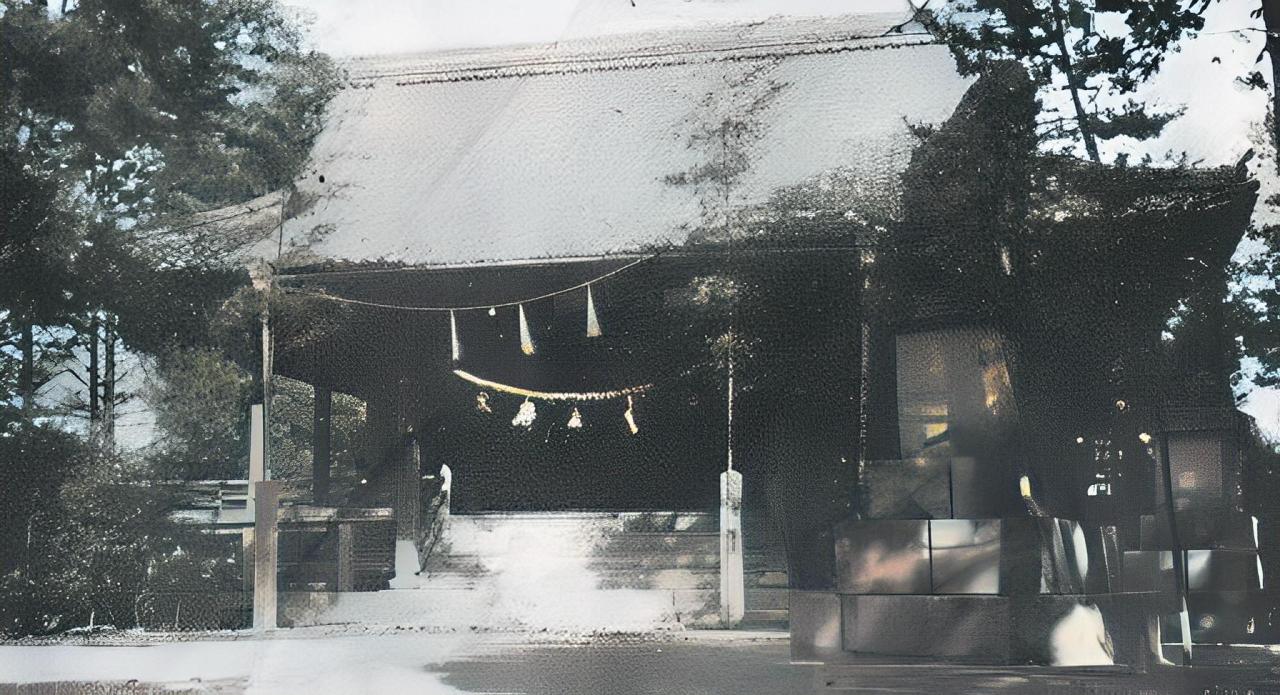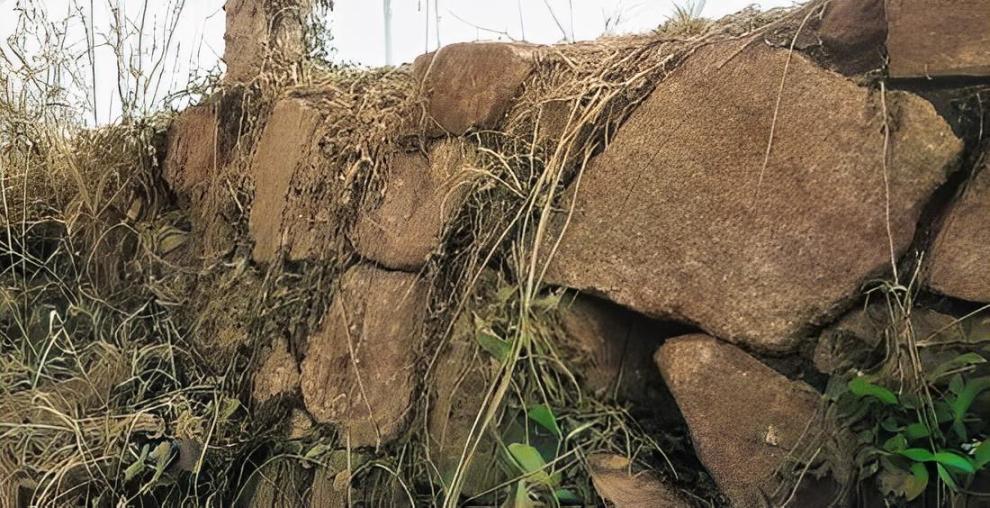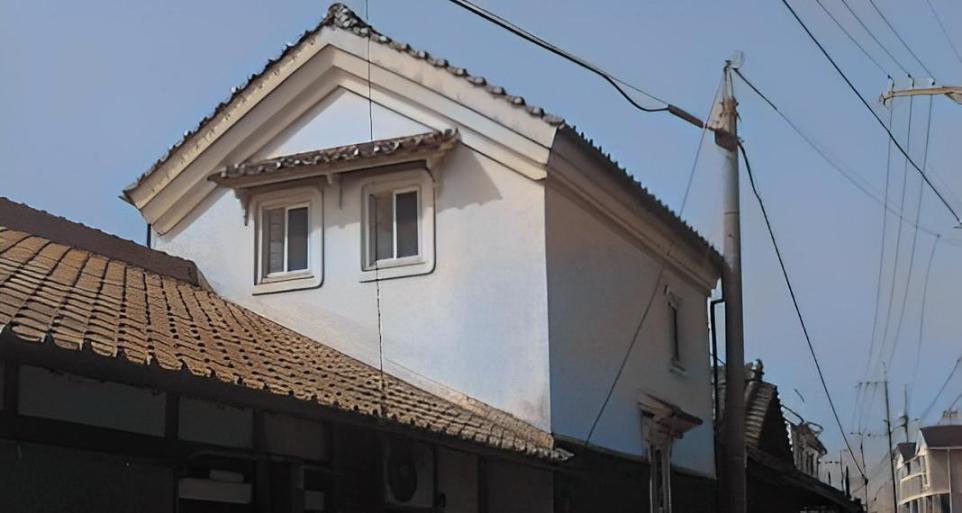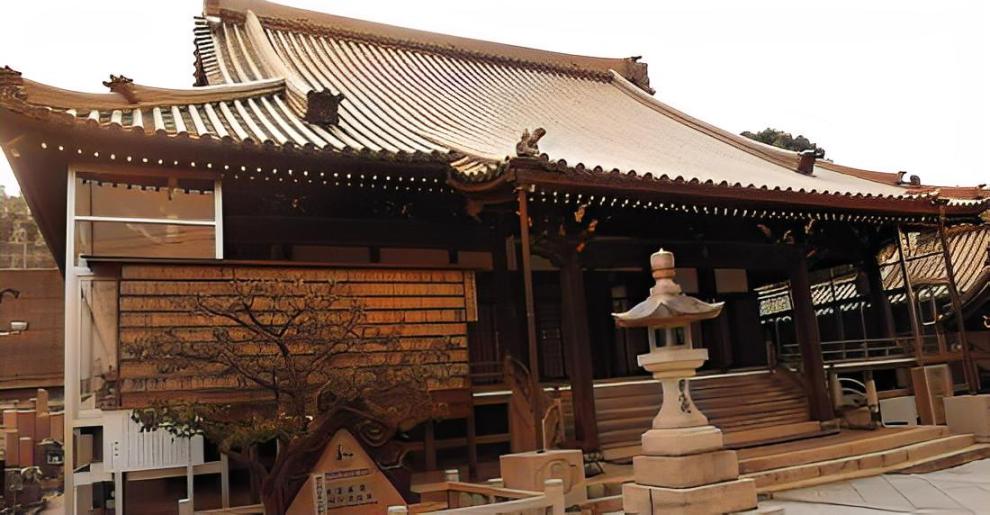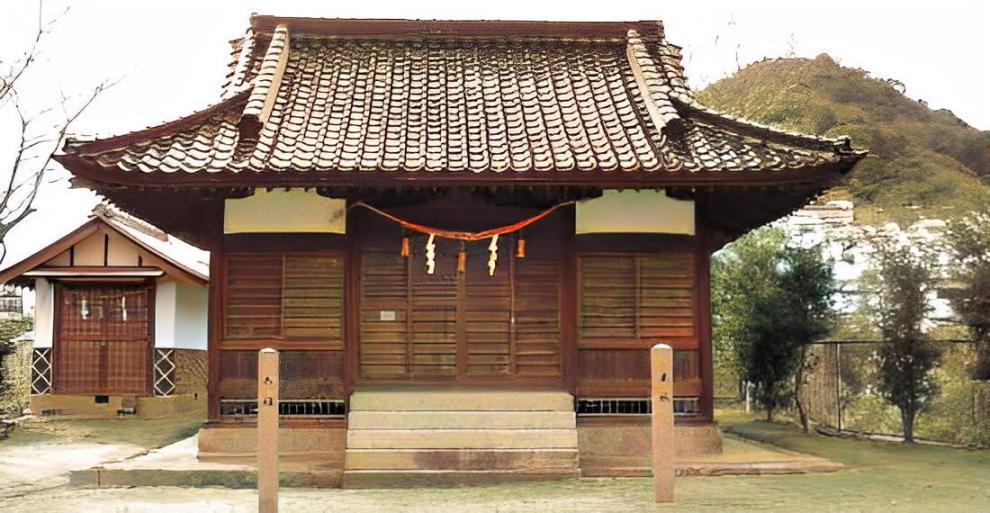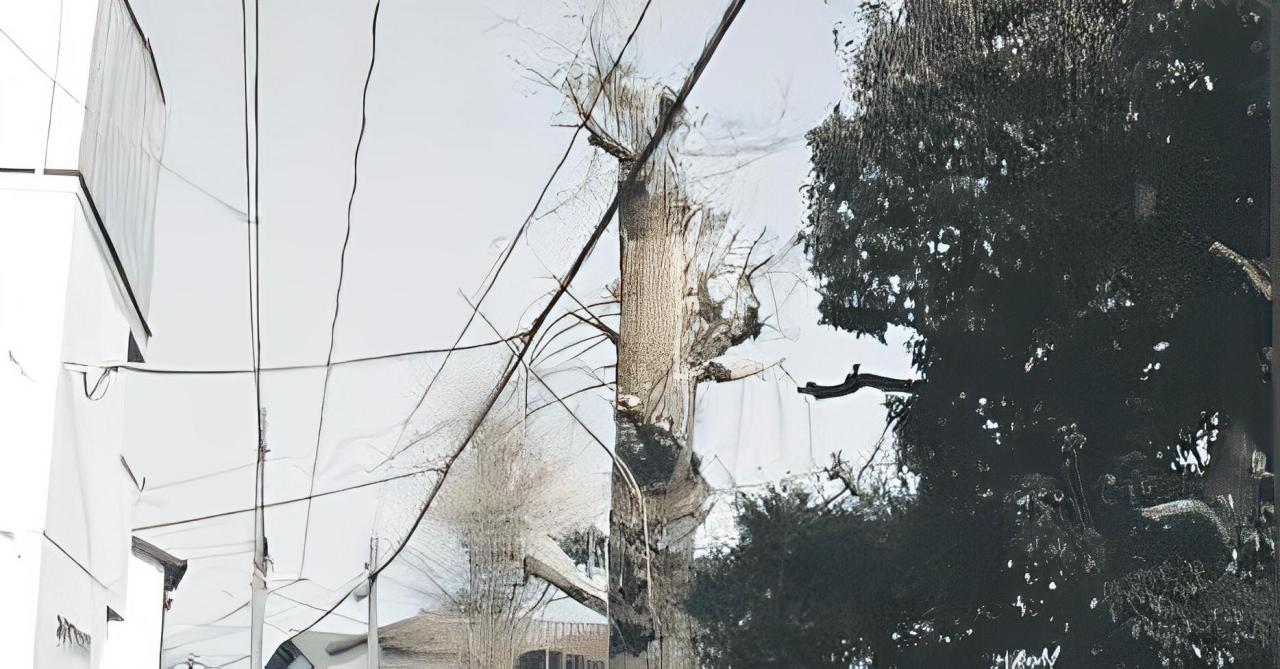YASUDA's Family History on book
Mawayuki KAWAKAMI, the editor of "Fishing industry's history around Ota river's delta at Hiroshima city", admires Yasube YASUDA (1846~1916) 's contribution.
YASUDA's family business has consisted of oyster farming and had a relationship with the village office. He was a land surveyor. YASUDA completed technical drawing and measurement surveys around Nihojima-mura 'til 1901. Therefore, when the Fisheries Act (Act No. 34 of 1901) was officially announced in 1902, Nihojima-mura's fishing rights were carried out peacefully and accurately. The village acknowledges his great contribution.
A group of oyster kabunakama
Yasube YASUDA (Ougami-Ya) formed a group of oyster kabunakama (trade associations) with Hanzaburo Kanai, Tyujiro Okumura, Raizo Ohama and Tatsujiro Wada in 1743. They monopolized oyster production and sales at the Osaka Horikawa with Kusatu's team.
Exhibited Oysters
Yasujiro YASUDA exhibited oysters in the First National Industrial Exhibition held in Ueno in 1877. The exhibition was held as a means of fukoku kyohei (fortifying the country, strengthening the military) in the Meiji period.
Exhibited cocoons and dried seaweed
Heishiro YASUDA exhibited cocoons and dried seaweed in the Third National Industrial Exhibition held in Ueno in 1890, and he earned an honorable mention for dried seaweed from the Secretary of Interior, Toshimichi OKUBO.
Exhibited dried oysters
Yasujiro YASUDA exhibited dried oysters in the Second Marine Product Exhibition held in Kobe in 1897.
And, he was a group leader for fishermen's union in 1902.
Village council member and Sub village chief
'Yasujiro YASUDA (Sub village chief from May 1887.05.23 to 1909.09.10, Transcriber and Village council member from 1892 to 1904 and from 1917 to 1921', 'Heishiro YASUDA (Village council member from 1889 to 1897)', 'Matsujiro YASUDA (Village council member from 1907 to 1913)', 'Kenzuchi YASUDA (Treasurer until 1929.03.31)'.
Course of silk cultivation
Matsujiro YASUDA (age:20) had attended a course of silk cultivation and yarn-making at silkworm factory from 1885 to 1888.
And he (age:62) had discussed annexation of Niho and Hiroshima as one of exploratory Committee from 10/1926 to 12/1927.
Transferred California
Junzo YASUDA (age:24) who is a son of Heshiro YASUD transferred at Penryn, CA in 1916. Masao Yasuda (age:18) as gardener, Katsumi YASUDA and Masami YASUDA as a student also transferred at Los Angeles, CA from 1927 to 1937
Assigned a part of oyster and nori farm
Yasube YASUDA and Hikobe YASUDA assigned the part of oyster and nori farm in 1862 ~ 1875.
Yasube YASUDA, Syutaro YASUDA and Heishiro YASUDA still sold oyster to commission agent at Osaka in 1903.
Visited California
Ryokichi YASUDA (age:29) who is a son of Matsujiro YASUDA visited at Penryn, CA in 1917 as a teacher. Fusakichi Dairiki who is a younger brother of Umeno (wife of Matsujiro YASUDA) lodged him in spare room of their grocery store. Then his daughter was borned in 1919.
